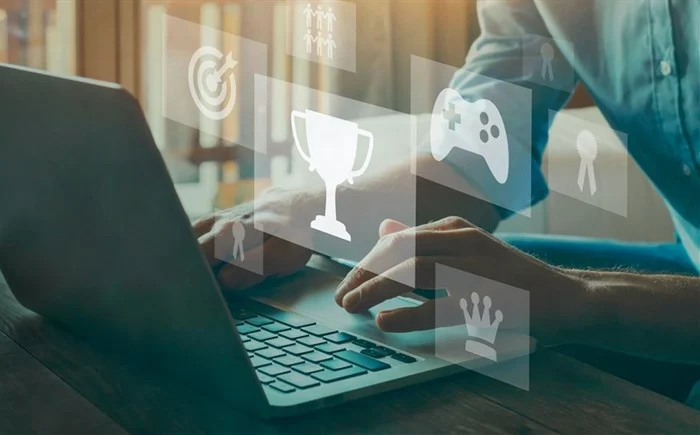In today’s digital age, traditional educational methods are being challenged to keep up with the evolving needs and preferences of students. With attention spans dwindling and distractions abundant, educators are turning to innovative approaches to engage and motivate learners. One such approach gaining momentum is gamification – the integration of slot game mechanics and principles into non-game contexts, such as education.
Understanding Gamification
What is gamification?
Gamification involves incorporating elements like points, badges, levels, and leaderboards into activities to incentivize participation and drive desired behaviors.
How does it work?
By tapping into intrinsic motivators such as competition, achievement, and progression, gamification makes learning more enjoyable and compelling for students.
The Intersection of Gaming and Education
Challenges in traditional education methods
Traditional teaching methods often struggle to captivate students’ interest and sustain their engagement over time.
Benefits of incorporating gaming elements
By infusing elements of play and interactivity, educators can create immersive learning experiences that resonate with students on a deeper level.
Engagement and Motivation
Increasing student engagement
Gamification provides opportunities for active participation and hands-on learning, fostering a deeper connection to the material.
Motivating learners through gamification
Incentives like rewards and recognition incentivize students to stay on task and persevere through challenges.
Skill Development
Enhancing cognitive skills
Games often require problem-solving, critical thinking, and decision-making, all of which are valuable skills for academic and real-world success.
Improving problem-solving abilities
By presenting learners with complex problems to solve within a game-like environment, gamification encourages experimentation and creative thinking.
Collaboration and Socialization
Fostering teamwork and collaboration
Many games involve cooperative play, requiring players to work together towards a common goal, promoting teamwork and communication skills.
Building social skills through gaming
Multiplayer games offer opportunities for students to interact with peers, practicing social skills in a low-pressure setting.
Personalized Learning
Tailoring learning experiences
Gamification allows for personalized learning pathways, accommodating individual interests, preferences, and learning styles.
Addressing individual learning styles
By offering multiple pathways to success, gamified learning environments cater to diverse learners, ensuring no one is left behind.
Feedback and Progress Tracking
Immediate feedback loop
Games provide instant feedback on performance, allowing learners to adjust their approach in real-time and learn from their mistakes.
Tracking progress and growth
Progress bars, achievement badges, and level advancements help learners visualize their progress and stay motivated to continue.
Case Studies and Examples
Successful implementations of gamification in education
Platforms like Kahoot! and Duolingo have demonstrated the effectiveness of gamification in boosting engagement and learning outcomes.
Real-world examples of gamified learning platforms
From math games to language-learning apps, there’s a wealth of gamified resources available to educators looking to enhance their teaching practices.
Overcoming Challenges
Addressing concerns and criticisms
Critics of gamification raise concerns about its potential to trivialize learning and promote extrinsic motivation over genuine interest.
Integrating gamification effectively
Successful implementation requires careful planning, alignment with learning objectives, and ongoing evaluation to ensure effectiveness.
Future of Gamified Learning
Trends and advancements
As technology continues to evolve, so too will gamified learning experiences, incorporating virtual reality, augmented reality, and other emerging technologies.
Potential impact on education
The widespread adoption of gamification has the potential to revolutionize education, making learning more accessible, engaging, and effective for all students.
Conclusion
Incorporating gamification into education holds tremendous promise for enhancing learning outcomes and preparing students for success in an increasingly digital world. By harnessing the power of play link slot games, educators can create dynamic learning experiences that captivate, motivate, and inspire learners of all ages.

